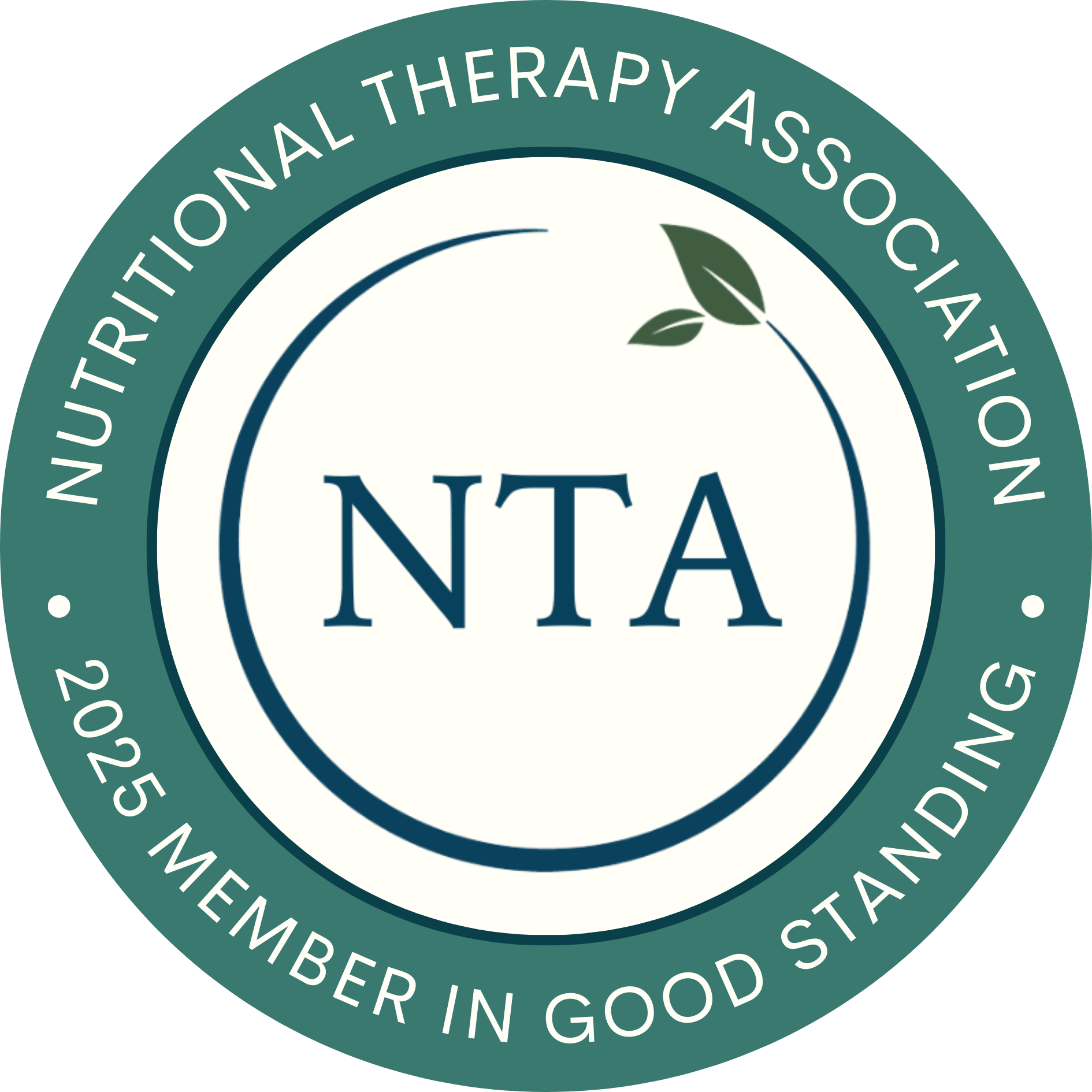Hydration Tip #1: Filter your water

Foundation: Nutrient-dense diet – building blocks (hydration)
Please note that while these lifestyle tips are intended to support your hydration, please remember, holistic nutrition is not a substitute for medical advice or for your family physician or other appropriate healthcare provider. If you suffer from a medical or pathological condition, you need to consult with an appropriate healthcare provider. A Registered Holistic Nutrition Practitioner is not trained nor licensed to diagnose or treat pathological conditions, illnesses, injuries, or diseases or prescribe medications.
Every individual is different and your unique needs and bio-individually should always be honoured.
Please disregard, if they are not appropriate for you.
Before we jump into actually drinking water, let’s ensure we are starting with a clean source, so filter your water!
That said, we also need to remain realistic.
There is no question that regardless of your water’s source – be it from a tap, well, spring, or bottle – it is contaminated in some way.
It is unfortunate that it has come to this point.
Gone are the picturesque days when we could hike up a mountain, dip a glass into a rushing stream, and drink mineral-rich water, with structure gained by its journey down the mountain – this seems more like a fairy tale by today’s standards.
The reality is, water has the potential to contain a whole host of contaminants from bacteria, viruses, and parasites, chlorine, disinfectants and disinfectant by-products, heavy metals, solvents, pesticides, plastics, and resins, and even radionucleotides. (1)
It all sounds awful, I know – and this is just the tip of the iceberg.
As you can imagine, this all has an impact our health on varying levels from our neurological, digestive, and hormone health.
Dr. Deanna Minich does an excellent job of outlining the scope in which heavy metals interferes with our physiology in her article, How Essential Minerals Protect Against Heavy Metals. I also referenced it when covering our Minerals theme, but it is worth revisiting, this time with a drinking water perspective in mind. (2)
In Drinking Water in Canada, in Canada, we use a multi-barrier approach to the safety of our drinking water, with each level of government (from federal, to provincial and territorial, to municipal) carrying a piece of the collective responsibility for its safety, monitoring and determining what and how many contaminants are within acceptable range for public health – that is, on a microbiological, physical, chemical, and radiological level. (3, 4)
On an individual level, as you’ll see, we are all encouraged to become more informed on not only the original source of our water (as found in nature), but also what system it travels through to make it us, and finally how it is distributed to us in our homes, schools, and business. (3)
I agree, I think it is prudent to do so. Perhaps a little research for a rainy day.
I will confess, I find it difficult to go down the rabbit hole of understanding the full extent of water science.
It can become quite depressing and overwhelming if you go too far.
Not that I believe it is a ticket to give up on pursuing paths of lesser toxicity, however. Instead, I think its more a case of vowing to find small ways to make improvements.
That’s why for today’s tip, we’ll stay focused upon awareness and what we can control – filtering your water.
Here are 3 water filtration methods you may wish to consider for cleaner water:
- Granulated carbon filters–Brita or a Berkey are good examples under this category. They are affordable and offer varying types depending upon the water you wish to filter, and each brand has “on-the-go” options, that allows you keep your water cleaner during travel or outings, so these are helpful to explore (5, 6)
- Solid carbon filters (carbon block filters) -this type of filter is a step up in price from the granulated carbon filters (though still within affordable range), as it’s design is said to use a greater breadth of binding materials, and therefore can achieve more thorough and consistent filtration as a result. There are 3 types of filtration used in this process – first, mechanical filtration, next electrokinetic adsorption, and finally physical adsorption. Larger particles are strained out first, followed by other pollutants through a large surface area of activated carbon. It can even be combined with reverse osmosis methods, which I didn’t realize. CLEAR20 and Multipure are some examples in this area. (7, 8, 9)
- Reverse-Osmosis (RO) –this reflects probably the greatest investment in water filtration, but a wise choice for well water filtration. While the process of osmosis normally involves water moving across a semi-permeable membrane from areas of low to high solute concentrations - with reverse osmosis, the process is reversed through the application of pressure, and the semi-permeable membrane achieves filtration of large molecules and contaminants. (10)
If you are curious to learn more about the process and details, the blog article, What is a Reverse Osmosis System and How Does it Work? is a great one, and does an exceptional job of keeping the content simple and straight forward. I always appreciate that!
If you do have a private well, regardless of whether or not you have a reverse-osmosis system, please stay diligent in having its levels tested consistently. Testing kits can be obtained at your local health unit.
I do not recommend drinking distilled water, on account that it lacks minerals and therefore, makes it slightly acidic, which can in turn leach us of minerals and create mineral deficiencies in the long term. Distilled water advocates often focus upon its ability to draw out impurities, and that may be true, but our minerals are so precious and we already have a fight on our hands to get enough due to our mineral-depleted soils, and high-stress lives (which increases our mineral burn), I’d prefer to hang on to the minerals I’ve got! (1)
A word about the water cooler
At the office, most times, we get our water from the famous water cooler.
Yes, it is filtered, but please know this doesn’t make it innocent and free of contaminants.
Those jugs of water can contain chlorine, leak microplastics, and are known to sit for months in warehouses, potentially gaining sun exposure in the process, so as silly as it sounds, you could even consider filtering your water cooler water.
Imagine how much more interesting that will make your water cooler conversations!
That said, it does not seem that all filters are effective at removing microplastics. Further research into the filter’s capabilities would be needed. For portability, it seems that carbon block filters (which come in a pitcher format) are the most capable of the removal of microplastics, but certainly investigate further.
Again, this tip is not to create stress (or depress you about the world!), just a reminder to do what you can to investigate your water sources and keep the water you bring into your body as clean as you can.
“Slow, steady progress is better than daily excuses.” -Robin Sharma
References, Resources & Further Reading:
- Haas, E.M., and Levin, B. (2006). Staying Healthy with Nutrition. Random House Inc. New York
- Minich, D. (Sep 2021). How Essential Minerals Protect Against Heavy Metals. Retrieved from: https://deannaminich.com/
- Government of Canada (2019). Drinking Water in Canada. Retrieved from: Drinking Water in Canada
- Government of Canada (2024). Guidelines for Canadian Drinking Water. Retrieved from: Guidelines for Canadian Drinking Water
- Brita Canada. Retrieved from: https://www.brita.ca/
- Berkey Canada. Retrieved from: https://berkeywaterfiltercanada.ca/berkey-system/
- CBT Tech. Carbon Block Filter Buyer’s Guide. Retrieved from: https://carbonblocktech.com/
- CLEAR20. Retrieved from: https://www.clear2o.com/
- Multipure. Retrieved from: https://www.multipure.com/why-multipure/our-carbon-blocks/
- Fresh Water Systems. What is a Reverse Osmosis System and How Does it Work? Retrieved from: https://www.freshwatersystems.com/blogs/blog/what-is-reverse-osmosis



